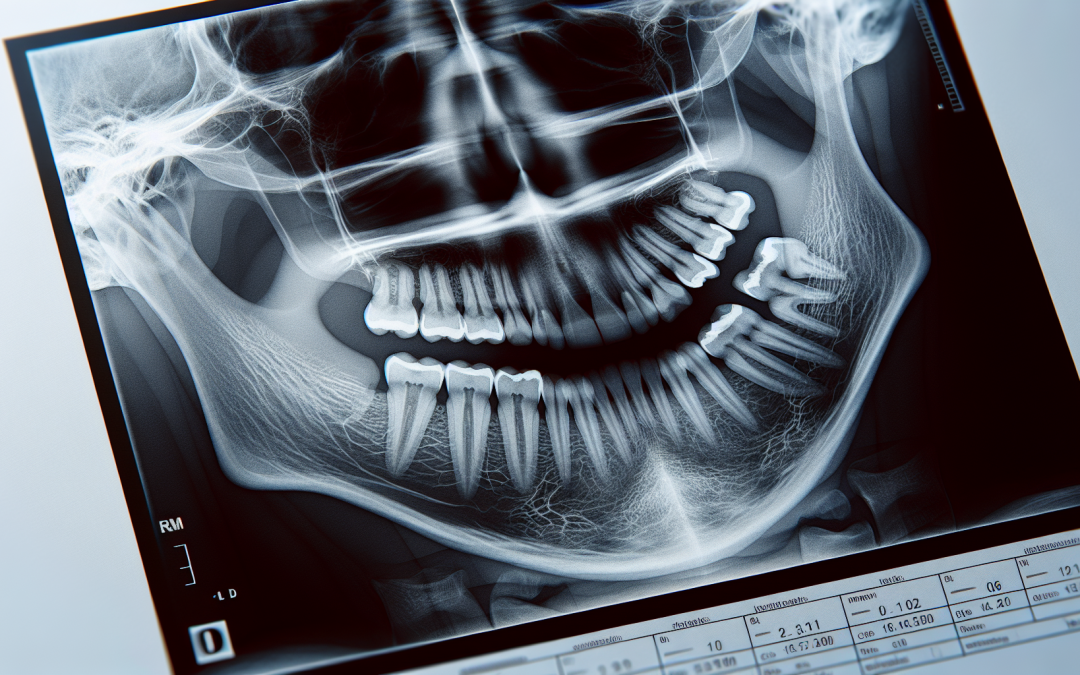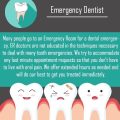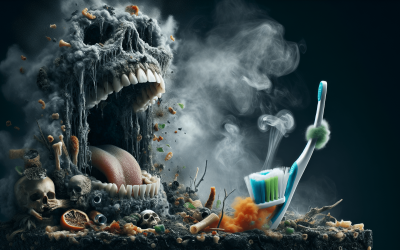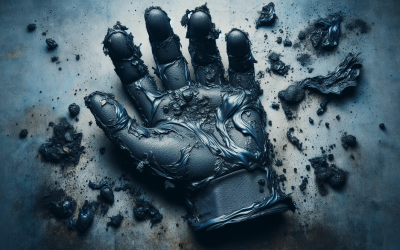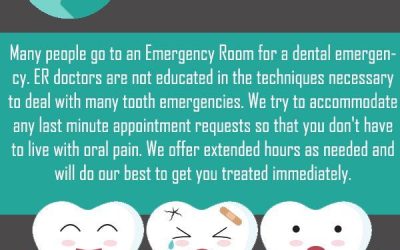So, you’ve managed to injure your jaw, huh? Well, don’t worry, you’re not alone. Jaw injuries can happen in a variety of ways – from sports accidents and falls to car collisions and even everyday activities. But what exactly does a jaw injury entail? In this article, we’ll explore the different types of jaw injuries, their causes, common symptoms, and the necessary steps to take for proper treatment and healing. By the end, you’ll have a better understanding of jaw injuries and what to expect if you find yourself in this unfortunate situation.
Causes of Jaw Injury
Trauma
Trauma is one of the most common causes of a jaw injury. This can occur due to various reasons such as a sports-related injury, a car accident, a fall, or even a physical assault. The impact from these incidents can result in fractures or dislocations of the jaw.
Dental Procedures
While dental procedures are meant to improve oral health, they can sometimes lead to jaw injuries. Procedures such as tooth extractions or jaw realignment surgeries can inadvertently cause damage to the jaw. This can happen if there is excessive force applied or if the procedure is not performed correctly.
Medical Conditions
Certain medical conditions can also contribute to jaw injuries. For example, conditions like osteoporosis or bone cancer can weaken the jawbones, making them more susceptible to fractures. In some cases, medical conditions such as temporomandibular joint (TMJ) disorders can cause chronic jaw pain and dysfunction.
Symptoms of Jaw Injury
Pain and Swelling
One of the most common symptoms of a jaw injury is pain and swelling in the affected area. This can make it difficult to perform simple tasks such as talking or chewing. The pain may range from mild to severe and can be accompanied by tenderness in the jaw joint.
Difficulty in Opening or Closing the Mouth
Another symptom of a jaw injury is difficulty in opening or closing the mouth properly. This can make it challenging to eat or speak without experiencing discomfort. In more severe cases, the jaw may become locked in a certain position, making it almost impossible to open or close the mouth.
Misalignment of the Jaw
A misaligned jaw is a telltale sign of a jaw injury. This can cause problems with the bite, making it difficult to align the upper and lower teeth properly. Misalignment can lead to difficulties in chewing food and can also have an impact on speech.
Types of Jaw Injury
Fractures
Fractures of the jaw can occur in different areas, including the mandible (lower jaw) or the maxilla (upper jaw). These fractures can range from minor hairline cracks to more severe breaks in the jawbone. Fractures often result from trauma or accidents and may require immediate medical attention to ensure proper healing.
Dislocations
Jaw dislocations typically involve the temporomandibular joint (TMJ), which connects the jaw to the skull. Dislocation occurs when the jawbone is forced out of its normal position, causing pain, difficulty in closing the mouth, and a visible misalignment of the jaw. Prompt treatment is necessary to relocate the jaw and prevent further complications.
Temporomandibular Joint (TMJ) Disorders
Temporomandibular joint disorders refer to a group of conditions that affect the jaw joint and the surrounding muscles. TMJ disorders can cause jaw pain, difficulty in opening or closing the mouth, clicking or popping noises, and even headaches. These disorders can be caused by a variety of factors, including trauma, teeth grinding, or arthritis.
Diagnosis of Jaw Injury
Physical Examination
A physical examination is usually the first step in diagnosing a jaw injury. The healthcare professional will visually inspect the jaw for any obvious signs of injury, such as swelling, tenderness, or misalignment. They may also gently manipulate the jaw to assess its range of motion and check for any signs of dislocation.
X-rays or CT scan
To get a better view of the jaw and detect any fractures or dislocations, X-rays or a CT scan may be ordered. These imaging tests can provide detailed images of the bony structures in the jaw, helping the healthcare professional make an accurate diagnosis.
MRI or Arthroscopy
In certain cases, when the cause of the jaw injury might be related to soft tissue damage or TMJ disorders, an MRI or arthroscopy may be necessary. These procedures can provide more detailed information about the condition of the joint and surrounding tissues.
Treatment Options for Jaw Injury
RICE Method
The RICE method (Rest, Ice, Compression, Elevation) is often the initial treatment for mild to moderate jaw injuries. Resting the jaw by limiting talking and eating solid foods can help with healing. Applying ice packs to the affected area and using compression with a bandage can help reduce swelling. Elevating the head while resting can also help alleviate discomfort and promote healing.
Medications
Over-the-counter pain relievers, such as acetaminophen or nonsteroidal anti-inflammatory drugs (NSAIDs), can help manage pain and reduce inflammation associated with jaw injuries. In more severe cases, the healthcare professional may prescribe stronger pain medications or muscle relaxants to alleviate symptoms.
Surgery
In some cases, surgery may be required to treat complex or severe jaw injuries. Surgical interventions may involve realigning fractured or dislocated bones, removing damaged tissues, or reconstructing the jaw using plates, screws, or wires. Oral and maxillofacial surgeons are specialized in performing these procedures.
Preventing Jaw Injury
Wearing Protective Gear
If you participate in sports or activities that pose a risk of jaw injuries, wearing appropriate protective gear can significantly reduce the chances of injury. Mouthguards are particularly crucial for contact sports, as they can absorb the impact of a blow and protect the jaw from fractures or dislocations.
Maintaining Good Oral Health
Maintaining good oral hygiene and visiting your dentist regularly can help prevent jaw injuries. Healthy teeth and gums contribute to a stable and strong support system for the jaw. Regular dental check-ups can detect any underlying issues that may increase the risk of jaw injuries, such as decayed or weakened teeth.
Avoiding Excessive Force
Avoiding excessive force or trauma to the jaw is essential in preventing injuries. Be mindful when participating in activities that involve a risk of falls or blows to the face, and take precautions to minimize the impact. Additionally, avoiding habits like teeth grinding or clenching can help reduce the strain on the jaw joint.
Complications of Jaw Injury
Chronic Pain
One potential complication of a jaw injury is the development of chronic pain. Even after the initial injury has healed, some individuals may experience persistent jaw pain, which can interfere with daily activities and affect overall quality of life. Treating chronic pain often requires a multidisciplinary approach, involving pain management specialists and physical therapists.
Permanent Jaw Dislocation
If a jaw dislocation is not promptly treated or if recurrent dislocations occur, there is a risk of permanent jaw dislocation. This can result in functional limitations, chronic pain, and difficulties in eating and speaking. Surgical intervention may be necessary to correct the dislocation and restore normal function.
TMJ Dysfunction
Jaw injuries can also lead to temporomandibular joint dysfunction, also known as TMJ dysfunction. This condition can cause ongoing jaw pain, limited jaw movement, clicking or popping sounds, and headaches. Treatment for TMJ dysfunction may include medications, physical therapy, splints or oral appliances, and, in severe cases, surgery.
Recovery and Rehabilitation
Following the Doctor’s Instructions
Following the doctor’s instructions is crucial for proper recovery and rehabilitation after a jaw injury. This may involve adhering to a specific diet, practicing jaw exercises, taking prescribed medications as directed, and attending follow-up appointments. Compliance with the recommended treatment plan can significantly improve outcomes and speed up the recovery process.
Physical Therapy
Physical therapy plays a vital role in the rehabilitation of a jaw injury. A physical therapist can help restore normal jaw movement, strengthen the muscles around the jaw joint, and alleviate pain. They may use techniques such as manual therapy, stretching exercises, and modalities like heat or cold therapy to promote healing and improve function.
Dietary Modifications
During the recovery period, it may be necessary to make dietary modifications to prevent further strain on the jaw. A soft or liquid diet may be recommended, consisting of foods that are easy to chew and require minimal jaw movement. This can help reduce discomfort and support healing while ensuring proper nutrition.
Long-Term Effects of Jaw Injury
Changes in Facial Appearance
Depending on the severity of the jaw injury and the effectiveness of treatment, there may be noticeable changes in facial appearance. Severe fractures or dislocations can lead to misalignment of the jaw, resulting in an asymmetrical or distorted facial structure. In some cases, reconstructive surgery may be necessary to improve facial aesthetics.
Functional Limitations
Jaw injuries can result in functional limitations that can impact everyday activities. Difficulties in chewing, speaking, and swallowing may persist even after the injury has healed, affecting overall quality of life. Physical therapy and other rehabilitative measures can help minimize these limitations and restore optimal function.
Psychological Impact
Dealing with a jaw injury can have a significant psychological impact on an individual. Appearance changes, chronic pain, and functional limitations can lead to decreased self-esteem, anxiety, and even depression. It is essential to seek emotional support and counseling during the recovery process to address these psychological challenges.
Seeking Professional Help
Visiting a Dentist
If you suspect a jaw injury, visiting a dentist is a good first step. Dentists are trained to diagnose and treat various oral health issues, including jaw injuries. They can assess the extent of the injury, provide initial care, and recommend further evaluation or referral to specialists if needed.
Consulting an Oral and Maxillofacial Surgeon
For more complex or severe jaw injuries, consulting an oral and maxillofacial surgeon is often necessary. These specialists are specifically trained to diagnose and treat conditions involving the jaw, face, and mouth. They can perform surgical procedures to repair fractures, correct dislocations, or address other jaw-related issues.
Seeing a Physical Therapist
Physical therapists play a crucial role in the rehabilitation and recovery process following a jaw injury. They are skilled in evaluating and treating musculoskeletal conditions, including TMJ disorders. A physical therapist can provide targeted exercises, manual therapy, and other interventions to improve jaw function and reduce pain.
In conclusion, a jaw injury can result from trauma, dental procedures, or underlying medical conditions. Symptoms may include pain, swelling, difficulty in opening or closing the mouth, and misalignment of the jaw. Fractures, dislocations, and TMJ disorders are common types of jaw injuries. Diagnosis involves physical examination and imaging tests. Treatment options include the RICE method, medications, and surgery. Preventing jaw injuries can be achieved through wearing protective gear, maintaining good oral health, and avoiding excessive force. Complications of jaw injuries may include chronic pain, permanent jaw dislocation, and TMJ dysfunction. Recovery and rehabilitation involve following medical instructions, physical therapy, and dietary modifications. Long-term effects may include changes in facial appearance, functional limitations, and psychological impact. Seeking professional help from dentists, oral and maxillofacial surgeons, and physical therapists is crucial for proper diagnosis and treatment.

